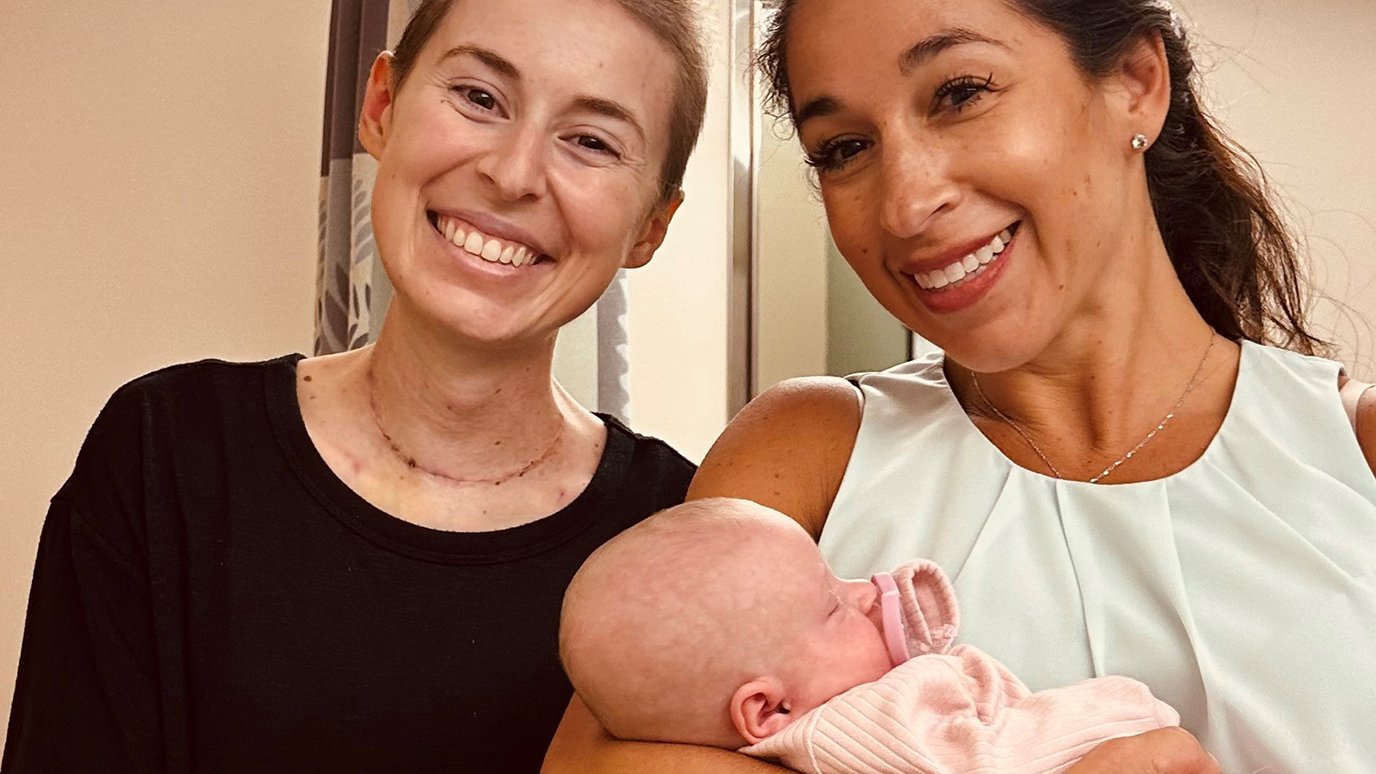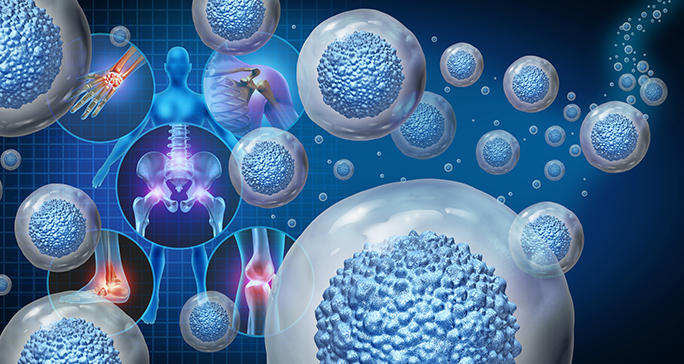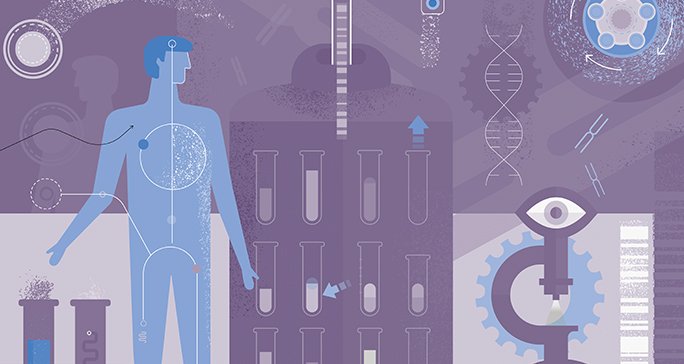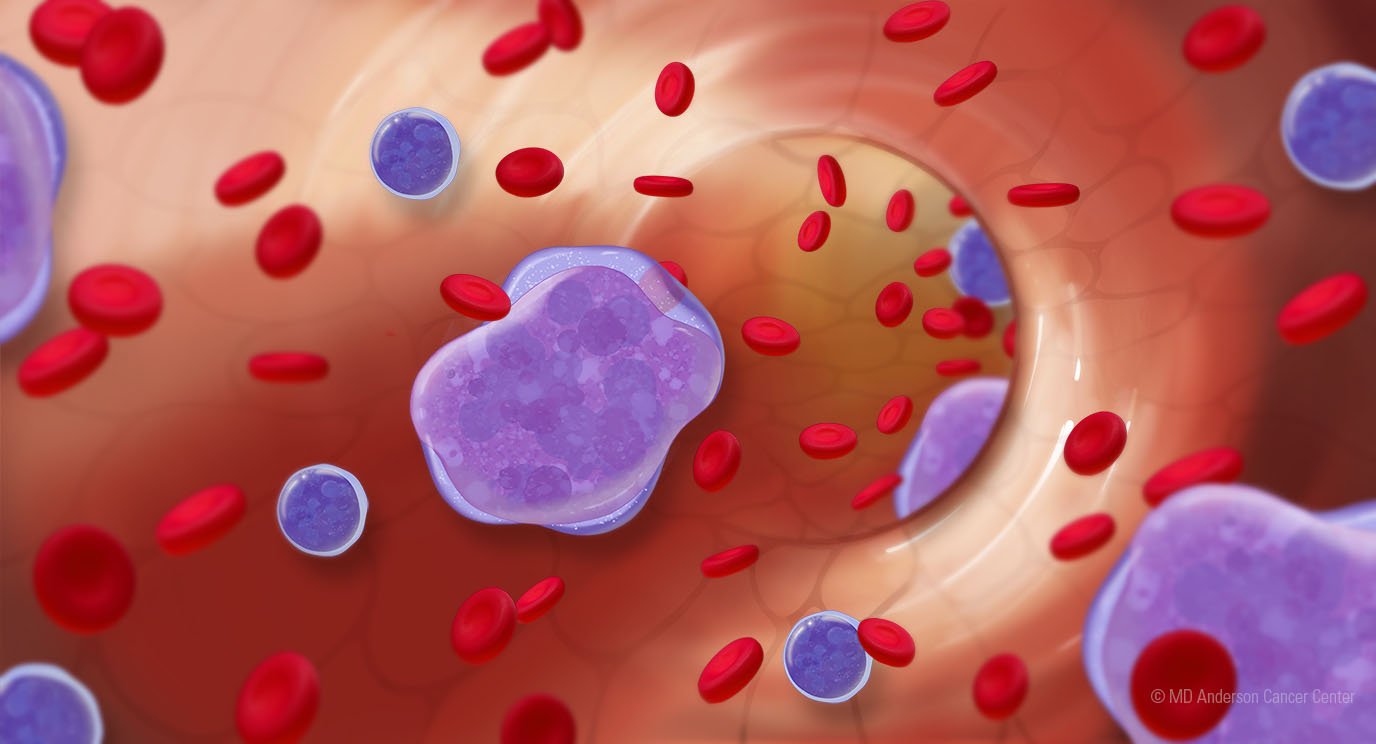- Diseases
- Acoustic Neuroma (16)
- Adrenal Gland Tumor (24)
- Anal Cancer (70)
- Anemia (2)
- Appendix Cancer (18)
- Bile Duct Cancer (26)
- Bladder Cancer (74)
- Brain Metastases (28)
- Brain Tumor (234)
- Breast Cancer (726)
- Breast Implant-Associated Anaplastic Large Cell Lymphoma (2)
- Cancer of Unknown Primary (4)
- Carcinoid Tumor (8)
- Cervical Cancer (164)
- Colon Cancer (168)
- Colorectal Cancer (118)
- Endocrine Tumor (4)
- Esophageal Cancer (44)
- Eye Cancer (36)
- Fallopian Tube Cancer (8)
- Germ Cell Tumor (4)
- Gestational Trophoblastic Disease (2)
- Head and Neck Cancer (14)
- Kidney Cancer (130)
- Leukemia (342)
- Liver Cancer (50)
- Lung Cancer (286)
- Lymphoma (278)
- Mesothelioma (14)
- Metastasis (30)
- Multiple Myeloma (100)
- Myelodysplastic Syndrome (60)
- Myeloproliferative Neoplasm (6)
- Neuroendocrine Tumors (16)
- Oral Cancer (102)
- Ovarian Cancer (178)
- Pancreatic Cancer (160)
- Parathyroid Disease (2)
- Penile Cancer (14)
- Pituitary Tumor (6)
- Prostate Cancer (150)
- Rectal Cancer (58)
- Renal Medullary Carcinoma (6)
- Salivary Gland Cancer (14)
- Sarcoma (238)
- Skin Cancer (300)
- Skull Base Tumors (56)
- Spinal Tumor (12)
- Stomach Cancer (66)
- Testicular Cancer (28)
- Throat Cancer (92)
- Thymoma (6)
- Thyroid Cancer (100)
- Tonsil Cancer (30)
- Uterine Cancer (86)
- Vaginal Cancer (18)
- Vulvar Cancer (22)
- Cancer Topic
- Adolescent and Young Adult Cancer Issues (22)
- Advance Care Planning (12)
- Biostatistics (2)
- Blood Donation (18)
- Bone Health (8)
- COVID-19 (360)
- Cancer Recurrence (120)
- Childhood Cancer Issues (120)
- Clinical Trials (628)
- Complementary Integrative Medicine (22)
- Cytogenetics (2)
- DNA Methylation (4)
- Diagnosis (238)
- Epigenetics (6)
- Fertility (62)
- Follow-up Guidelines (2)
- Health Disparities (14)
- Hereditary Cancer Syndromes (128)
- Immunology (18)
- Li-Fraumeni Syndrome (8)
- Mental Health (122)
- Molecular Diagnostics (8)
- Pain Management (62)
- Palliative Care (8)
- Pathology (10)
- Physical Therapy (18)
- Pregnancy (18)
- Prevention (936)
- Research (390)
- Second Opinion (78)
- Sexuality (16)
- Side Effects (616)
- Sleep Disorders (10)
- Stem Cell Transplantation Cellular Therapy (216)
- Support (408)
- Survivorship (328)
- Symptoms (182)
- Treatment (1788)
Hodgkin vs. non-Hodgkin lymphoma: What’s the difference?
BY Molly Adams
5 minute read | Published January 06, 2021
Medically Reviewed | Last reviewed by an MD Anderson Cancer Center medical professional on January 06, 2021
The terms Hodgkin and non-Hodgkin lymphoma can be easily confused. Although they’re both named after the scientist who discovered them, they are different diseases that require different treatments to ensure the best results for patients.
Here, lymphoma specialist Paolo Strati, M.D., explains the differences between the two types of lymphoma and shares what newly diagnosed patients should know when seeking treatment.
Non-Hodgkin lymphoma is more common than Hodgkin lymphoma
Non-Hodgkin lymphoma is more common than Hodgkin lymphoma, and both types are slightly more common in men. Although both diseases can be diagnosed at any age, Hodgkin lymphoma is most common in young adults ages 15 to 40 and older adults over age 55. Non-Hodgkin lymphoma is typically diagnosed in adults over age 60.
Some viruses may make you more likely to get both Hodgkin and non-Hodgkin lymphoma. These include: Epstein-Barr virus, human immunodeficiency virus (HIV) and human T-cell lymphocytotropic virus. If you have had any of these viruses, talk with your doctor about whether you might be at increased risk for lymphoma.
Each type of lymphoma has different subtypes
Classic Hodgkin lymphoma makes up 95% of Hodgkin lymphoma cases in the U.S., but there are a few other subtypes, including nodular lymphocyte predominant Hodgkin lymphoma.
Non-Hodgkin lymphoma is divided into two subtypes: B-cell lymphoma or T-cell lymphoma. B-cell lymphomas are far more common, making up 85% of all lymphoma diagnoses in the U.S. Types of B-cell lymphoma include:
- mantle cell lymphoma
- marginal zone lymphoma
- follicular lymphoma
- diffuse large B-cell lymphoma
Inflammation is a more common symptom for Hodgkin lymphoma
Both Hodgkin lymphoma and non-Hodgkin lymphoma develop in the lymphatic system and can affect white blood cells. A high white blood cell count can be a sign of lymphoma.
With both Hodgkin and non-Hodgkin lymphoma, the first symptoms to appear are often fever, unexplained weight loss and night sweats.
Hodgkin lymphoma patients can also experience inflammatory symptoms, Strati says. In some cases, you may experience lymph node pain when taking a hot bath or drinking alcohol. Patients may also have an unexplained rash. “We don't see these types of symptoms as frequently in patients with non-Hodgkin lymphoma,” Strati says.
- Related: Non-Hodgkin lymphoma symptoms
Get an accurate lymphoma diagnosis before you start treatment
Because Hodgkin and non-Hodgkin lymphoma are different diseases, they need to be treated in distinct ways. That’s why it’s vital to get an accurate diagnosis before starting treatment. To make an accurate diagnosis of Hodgkin or non-Hodgkin lymphoma, your doctor will need to look at the cancer cells under a microscope.
Hodgkin lymphoma is characterized by the presence of Reed Sternberg cells. Named after the pathologist who discovered them, these cells look like an owl’s eyes. Hodgkin lymphoma biopsy samples are also filled with inflammation; non-Hodgkin lymphoma samples typically aren’t.
There is a rare type of non-Hodgkin lymphoma that does feature inflammation. T-cell/histiocyte-rich large B-cell lymphoma can sometimes be confused with Hodgkin lymphoma, says Strati, because inflammation is present.
Some non-cancerous conditions can also be confused with lymphoma. Sarcoidosis, which is an inflammatory disease, is sometimes misdiagnosed as lymphoma.
“That's why it is important to have your biopsy reviewed in an academic cancer center such as MD Anderson, where you have pathologists who are dedicated to lymphoma and you’ll get the most accurate diagnosis,” Strati says.
Treatment should be tailored to for lymphoma diagnosis
“In order to ensure your treatment is tailored to your specific diagnosis, it's very important to see an expert who specializes in lymphoma,” Strati says.
Your treatment will depend on the specific type of lymphoma, as well as its stage, your age and overall health, and how aggressive the cancer is.
Hodgkin lymphoma treatment typically includes a combination of therapies
A combination of chemotherapy and radiation therapy are the standard treatment regimen for early-stage Hodgkin lymphoma. For more advanced cases, chemotherapy may be combined with a novel biologic agent that targets a specific protein found in lymphoma cells.
Patients with both Hodgkin and non-Hodgkin lymphoma may also require a stem cell transplant if they don’t respond to chemotherapy, or if the cancer returns. A stem cell transplant is typically recommended in combination with chemotherapy in order to replenish healthy cells in the blood and bone marrow.
Chemotherapy is the standard treatment for non-Hodgkin lymphoma
Chemotherapy alone is the standard treatment for non-Hodgkin lymphoma. The type of chemotherapy you receive will depend on how aggressive the cancer is. “T-cell non-Hodgkin lymphomas tend to be more aggressive,” Strati says. “Whereas B-cell non-Hodgkin lymphomas may be more slow-growing.”
If remission is achieved, a stem cell transplant is typically offered after the first treatment instead of waiting for a relapse
With a chemotherapy regimen called R-CHOP, most non-Hodgkin lymphoma patients don’t have to stay in the hospital. “We give this chemotherapy at the infusion center, and most patients can maintain their normal routines while they’re undergoing treatment,” Strati says.
For more aggressive types of non-Hodgkin lymphoma, a chemotherapy combination called R-EPOCH may be given. “Since this is a stronger form of chemotherapy, patients are often in the hospital for five days so we can closely monitor any potential complications like infection,” Strati says.
Chemotherapy-free treatment options expand with immunotherapy
Because chemotherapy can have long-term negative side effects, doctors are working to develop lymphoma treatments that don’t include chemotherapy. “Over the last few years, there has been an explosion of chemotherapy-free approaches,” Strati says.
Immunotherapy approaches for lymphoma include a drug called lenalidomide and checkpoint inhibitors, which train the immune system to recognize and target lymphoma cells. These drugs are currently approved for patients with B-cell non-Hodgkin lymphoma and classic Hodgkin lymphoma. Immunotherapy drugs can be taken orally, which is often easier on patients since they usually don’t have to be hospitalized, says Strati.
CAR T cell therapy is also available for some adult B-cell lymphoma patients. This treatment involves engineering the patients’ own white blood cells, called T cells, to target lymphoma – specifically a protein called CD-19.
“CAR T cell therapy has completely changed life expectancy for patients with non-Hodgkin lymphoma,” Strati says, adding that 40% to 50% of non-Hodgkin lymphoma patients on CAR T cell therapy are achieving long-term remission.
New research focuses on improving quality of life for all lymphoma patients
For both Hodgkin and non-Hodgkin lymphoma patients, researchers are now focused on improving quality of life.
While standard chemotherapy and radiation treatments generally work well to put Hodgkin lymphoma patients into remission, Strati says the damage done to DNA cells can cause problems for patients in the future, including thyroid cancer, skin cancer and breast cancer. So, a major area of research focus is in minimizing treatment-related toxicities.
“We are curing 90% to 95% of patients with Hodgkin lymphoma. Now, we’re looking to improve their quality of life after treatment,” Strati says.
He has several clinical trials underway investigating ways to counter side effects, specifically for patients on immunotherapy.
“With lymphoma, you don't just want to receive the most effective treatment, but also the safest,” Strati says.
Request an appointment at MD Anderson online or by calling 1-877-632-6789.
Related Cancerwise Stories

You don't just want to receive the most effective treatment, but also the safest.
Paolo Strati, M.D.
Physician





